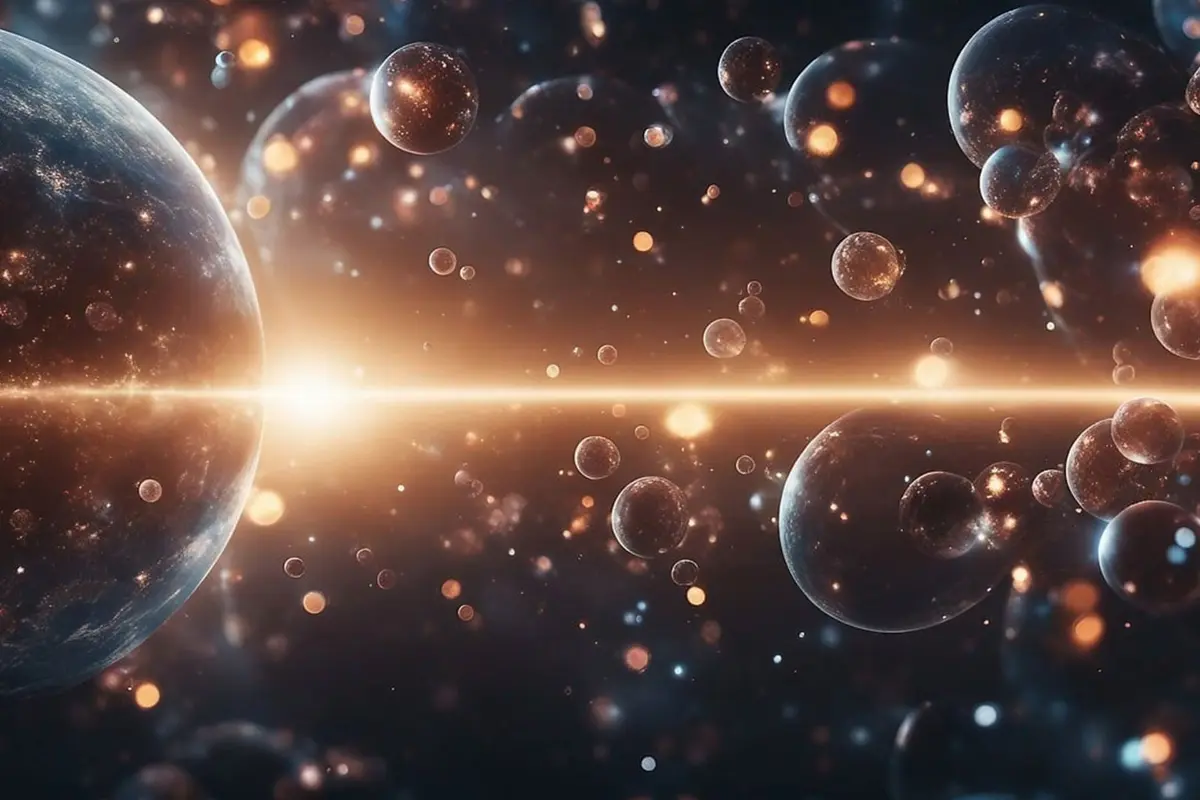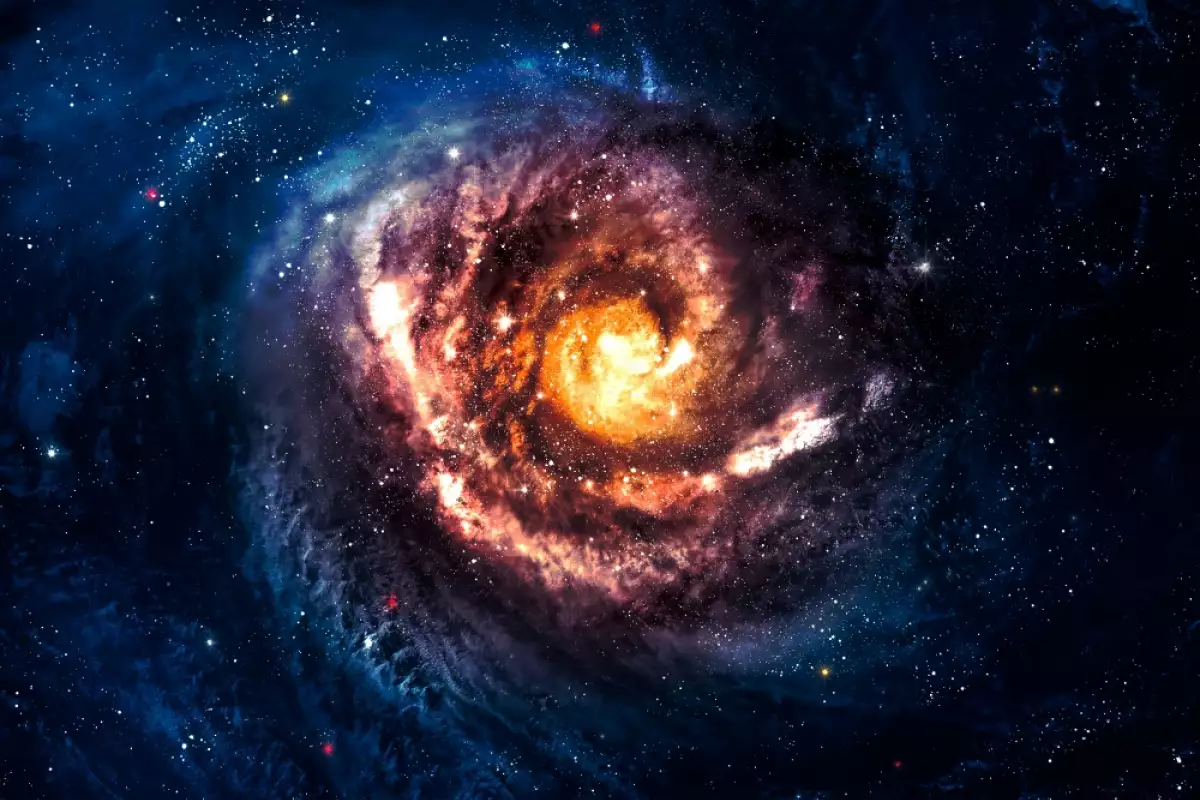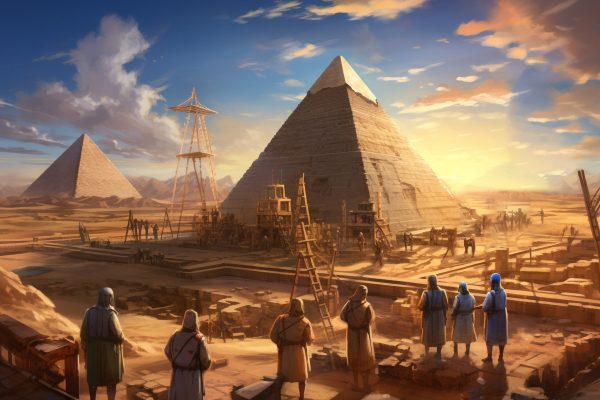According to new calculations by physicist Henry Tye of Cornell University, the universe may end its existence not with infinite expansion, but with a catastrophic contraction known as the ‘Big Crunch.’
This model is based on recent data on dark energy obtained by observatories in Chile and Arizona. The scientist used these observations to revise the model involving the cosmological constant, a concept introduced by Albert Einstein more than a century ago. For the past twenty years, the scientific community has been dominated by the view that the cosmological constant is positive and that the universe will expand forever. However, according to Tay, the new data indicates that the constant may be negative, which would lead to a collapse.
The universe, estimated to be 13.8 billion years old, is currently expanding. According to Tay’s updated model, its future depends on the sign of the cosmological constant. If the constant is negative, expansion will be replaced by contraction. The physicist’s calculations show that the universe will reach its maximum size in about 11 billion years, and complete collapse to the point marking the end will occur in about 20 billion years from now. Thus, the universe is approximately halfway through its estimated 33-billion-year life cycle.
Data collected this year by the Dark Energy Survey (DES) project in Chile and the Dark Energy Spectroscopic Instrument (DESI) in Arizona played a critical role in this discovery. These instruments study dark energy, which accounts for 68% of the total mass and energy of the universe. Their observations suggest that dark energy is not a simple cosmological constant.

Tye and his colleagues have proposed a model with a hypothetical low-mass particle that behaved like a cosmological constant in the early universe but whose properties have changed today. This model is consistent with the new data and points to a negative value for the cosmological constant. The scientist emphasises that the idea of a possible collapse of the universe with a negative cosmological constant is not new. The novelty of his work lies in the fact that the model predicts when and how exactly this contraction will occur. In the coming years, research teams will continue to collect data through projects such as the Euclid space telescope, NASA’s SPHEREx mission, and the Vera C. Rubin Observatory. Tye believes it is important to understand the life cycle of the universe, noting that knowledge about its beginning, established in the 1960s, is logically complemented by the question of its end, which, if the data is confirmed, will be determined.





